Introduction to Injection Molded Parts
What are Injection Molded Parts?
Injection molded parts are products created using the injection molding process, a manufacturing technique where molten plastic is injected into a mold to produce intricate shapes and designs. This method is widely favored in the production of both prototype and mass-produced parts due to its efficiency, versatility, and speed. These components can vary significantly in size, shape, and function, serving industries ranging from automotive to healthcare.
The injection molding process begins with the selection of materials, often thermoplastics or thermosets, followed by heating these materials until they melt. Once in a liquid state, the material is forced into a mold cavity, where it cools and solidifies, resulting in a tightly constructed part. For a more detailed understanding of injection molded parts, one must consider their design, engineering requirements, and the various applications where they are employed.
The History of Injection Molding
Injection molding has a rich history that dates back to the early 19th century. The invention of the first injection molding machine is credited to John Wesley Hyatt in 1872. He created this machine to manufacture billiard balls from a new substance called celluloid, providing an alternative to ivory. This pivotal moment marked the beginning of a significant transformation in manufacturing processes.
As technology evolved, so did injection molding. Throughout the 20th century, advancements in materials and machinery manufacturing allowed for more complex and efficient designs. The introduction of computer-aided design (CAD) in the 1980s revolutionized the industry further, enabling precise modeling of parts and molds, enhancing overall productivity.
Benefits of Injection Molded Parts
Injection molded parts offer numerous advantages that appeal to manufacturers and designers. Here are some key benefits:
- High Efficiency: The production process is rapid, allowing for high-volume manufacturing with faster cycle times.
- Complex Geometries: The ability to create intricate designs and thin walls enables more aesthetic and functional product features.
- Material Versatility: A wide range of materials can be used, including various plastics, elastomers, and composites, offering tailored properties for specific applications.
- Reduced Waste: The process generates minimal waste, as only the needed amount of material is used, making it a more sustainable option compared to other manufacturing methods.
- Consistent Quality: Injection molding produces parts that are highly uniform, ensuring that each piece meets the same standards and specifications.
Components of Injection Molding Processes
Core Components Explained
Understanding the core components of the injection molding process is crucial for optimizing part design and production efficiency. The primary components comprise:
- Molding Machine: Includes the injection unit and the clamping unit. The injection unit melts and injects the material, while the clamping unit holds the mold in place during injection.
- Mold: Consists of two halves, usually referred to as the core and cavity. This is where the actual part is formed.
- Material Hopper: Stores and feeds plastic pellets into the injection unit.
- Heating and Cooling Systems: Ensure the material reaches the desired temperature for injection and sets correctly after being molded.
Understanding the Mold Design
Mold design is a critical factor in the overall injection molding process. Well-designed molds can improve part quality and reduce production costs. Key considerations in mold design include:
- Cavity Layout: Determines the shape and features of the part, while optimizing for efficiency and cost.
- Draft Angles: Small slopes on the mold walls that facilitate easy part removal and reduce the likelihood of damage.
- Gate Design: The locations where the molten plastic enters the mold; choosing the right gate type can significantly impact fill time and cosmetic finish.
- Ejection System: Employs ejector pins or plates to release the finished part from the mold without damaging it.
Machinery and Equipment Needed
The machinery used in injection molding varies depending on the size, complexity, and materials of the parts being produced. Essential equipment includes:
- Injection Molding Machines: These machines are classified based on their clamping force, with hydraulic and electric types being the most common.
- Robots: Often employed for automating the loading of materials and unloading of finished parts, increasing efficiency and safety.
- Cooling Systems: Necessary for regulating temperatures to ensure the molded parts maintain their shapes and properties.
Common Applications of Injection Molded Parts
Everyday Products Made from Injection Molding
Injection molding is responsible for producing many familiar products found in our daily lives. Some examples include:
- Plastic Containers: Tupperware and other food storage solutions are often molded for durability and design.
- Automotive Components: Many interior and exterior car parts, such as dashboards, bumpers, and panels, are injection molded due to the need for lightweight yet durable materials.
- Consumer Electronics: Many electronic housings and components, like keyboards and mobile phone casings, are produced using injection molding.
- Household Goods: Items like toys, kitchen utensils, and furniture parts reflect the versatility of this process.
Industries Utilizing Injection Molded Parts
Various industries leverage the benefits of injection molded parts to enhance their production capabilities:
- Healthcare: Manufacturing medical devices, components, and consumables like syringes and drug delivery systems.
- Aerospace: Production of lightweight and strong structural components that meet stringent regulatory requirements.
- Consumer Goods: Rapidly produced products that cater to changing consumer preferences without compromising quality.
- Packaging: Customized packaging solutions that ensure product protection and aesthetics are often injection molded.
Case Studies of Successful Applications
Examining specific case studies can provide valuable insights into the effectiveness of injection molded parts:
- Sporting Goods Manufacturer: A company producing high-performance sports equipment needed lightweight and durable components. Utilizing injection molding allowed them to reduce manufacturing time by 30% while achieving greater design flexibility.
- Automotive Supplier: A tier-1 automotive supplier leveraged injection molding to create complex interior trim pieces that met rigorous automotive standards, resulting in a 20% weight reduction over previous metal components.
Best Practices for Designing Injection Molded Parts
Design Considerations for Moldability
Designing for moldability is essential to maximize the effectiveness of the injection molding process. Key practices include:
- Maintain Uniform Wall Thickness: Ensures consistent cooling rates and reduces the risk of warping.
- Adequate Draft Angles: Helps with easy part ejection and minimizes wear on mold components.
- Minimize Complex Features: Reduces production costs and increases mold life.
Optimizing Materials for Durability
Selecting the right materials is crucial for the performance and longevity of injection molded parts. Factors to consider include:
- Material Properties: Consider the mechanical and thermal properties of the chosen plastic, ensuring it matches the application requirements.
- Cost-Effectiveness: Analyze the financial impact of material choices, looking for cost savings without compromising quality.
- Environmental Impact: Assessing the sustainability and recyclability of the materials used can enhance the overall value proposition.
Cost-Effective Techniques in Manufacturing
To foster an efficient and economical injection molding process, companies can implement various strategies:
- Utilizing Short-Run Tools: For new product lines, using less expensive tooling for small production runs can reduce upfront costs.
- Optimizing Cycle Times: Fine-tuning the injection and cooling times can significantly boost productivity without increasing costs.
- Investing in Maintenance: Regular maintenance of machinery ensures minimal downtime and extends equipment life.
Future Trends in Injection Molding Technology
Advancements in Material Science
The field of material science is continuously evolving, bringing new possibilities to injection molding. Some anticipated advancements include:
- Biodegradable Plastics: Innovations in sustainable materials are leading toward eco-friendly injection molded products.
- High-Performance Polymers: New materials developed for extreme environments, such as aerospace and automotive applications, offer enhanced strength and thermal resistance.
Innovative Design Software Solutions
Modern design software now incorporates advanced algorithms and simulations that optimize mold designs and predict potential manufacturing issues before production begins. Key features include:
- 3D Modeling: Allows for precise virtual representations of parts and molds, ensuring accuracy in designs.
- Finite Element Analysis (FEA): Assists engineers in evaluating stress and strain on parts throughout the manufacturing process.
The Role of Automation and Robotics
Automation and robotics play a pivotal role in enhancing the efficiency of injection molding operations. Key impacts include:
- Increased Efficiency: Automated systems streamline various aspects of injection molding, reducing labor costs and minimizing human error.
- Enhanced Quality Control: Robotics are used in tasks such as quality inspection, ensuring that parts meet stringent specifications consistently.
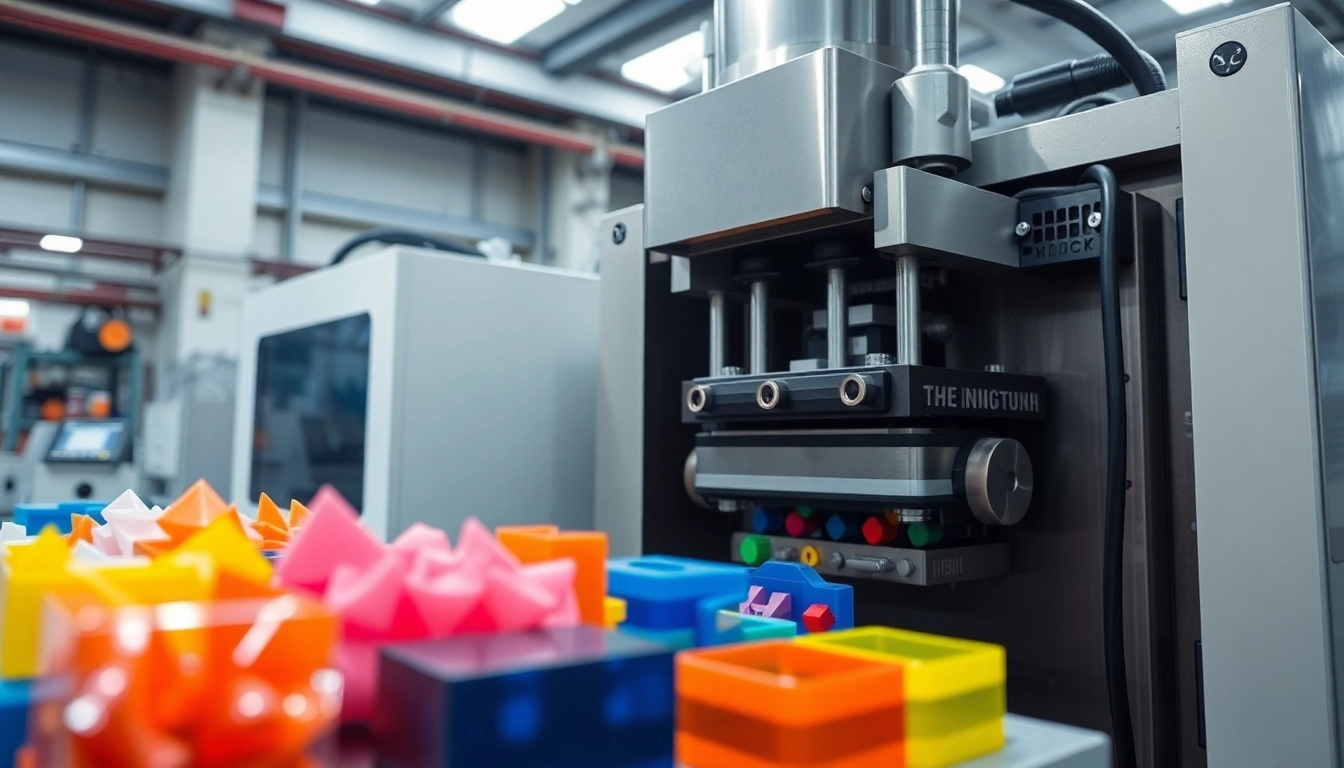
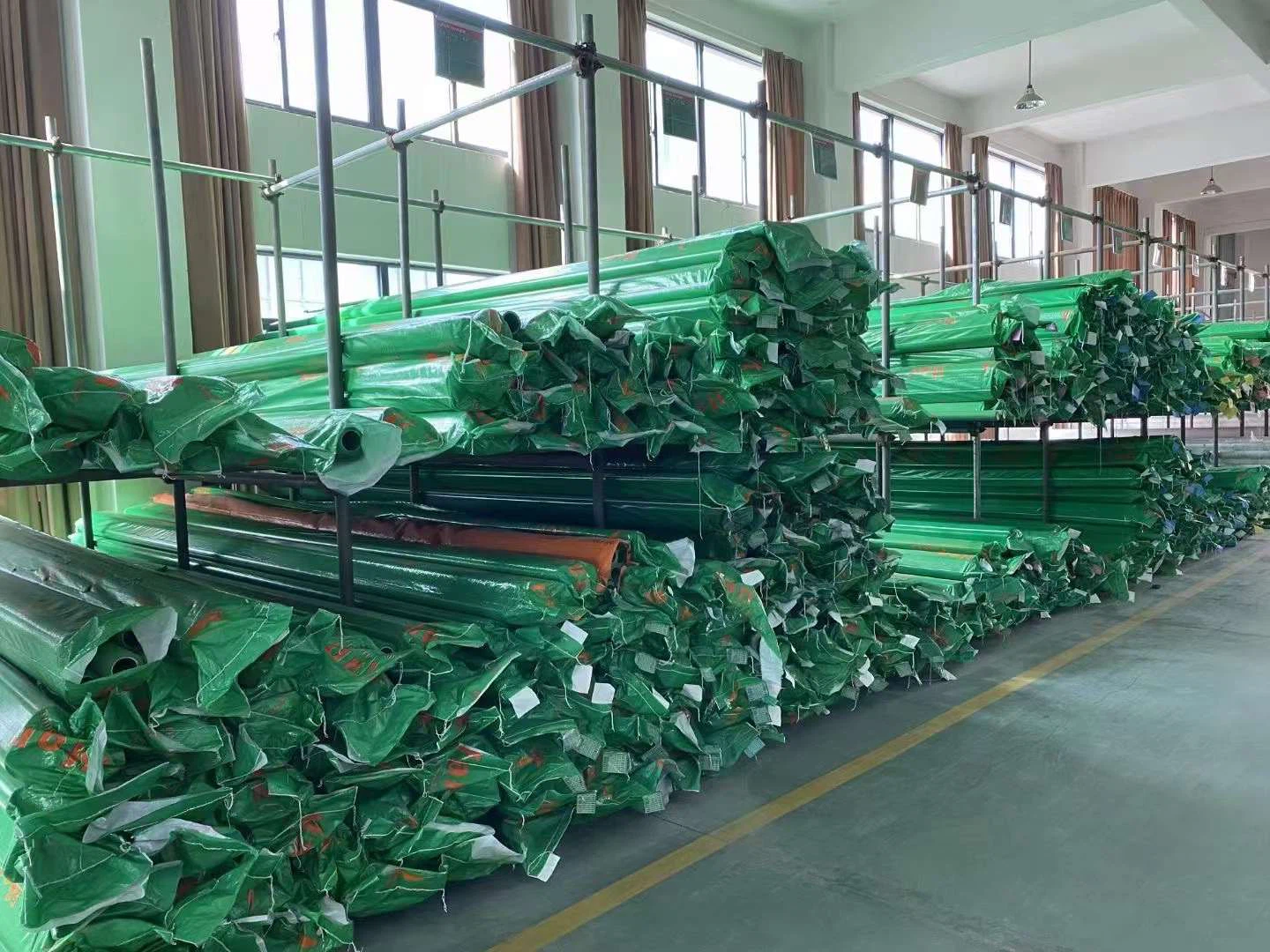
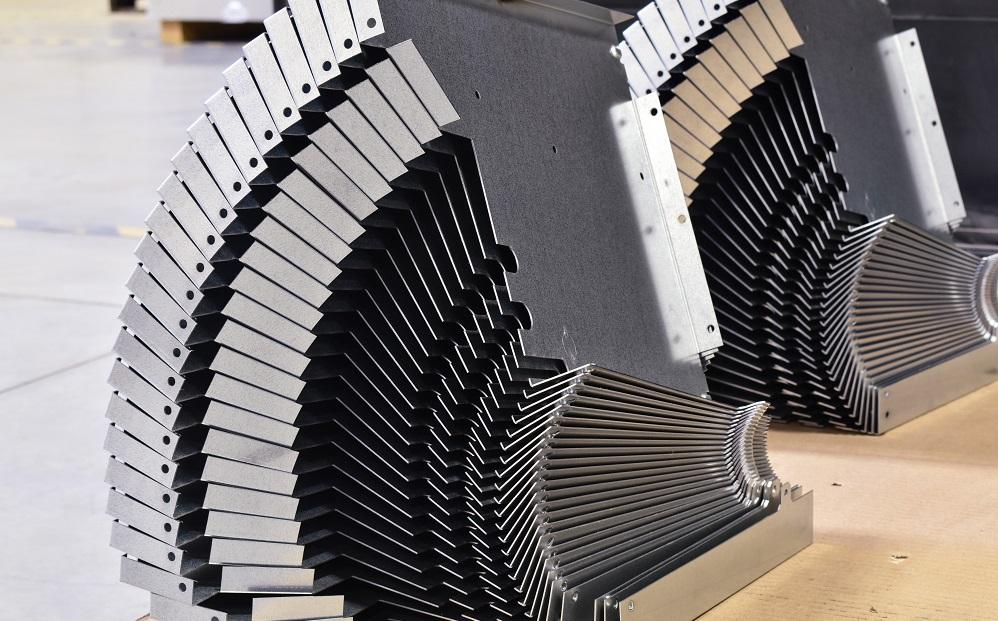
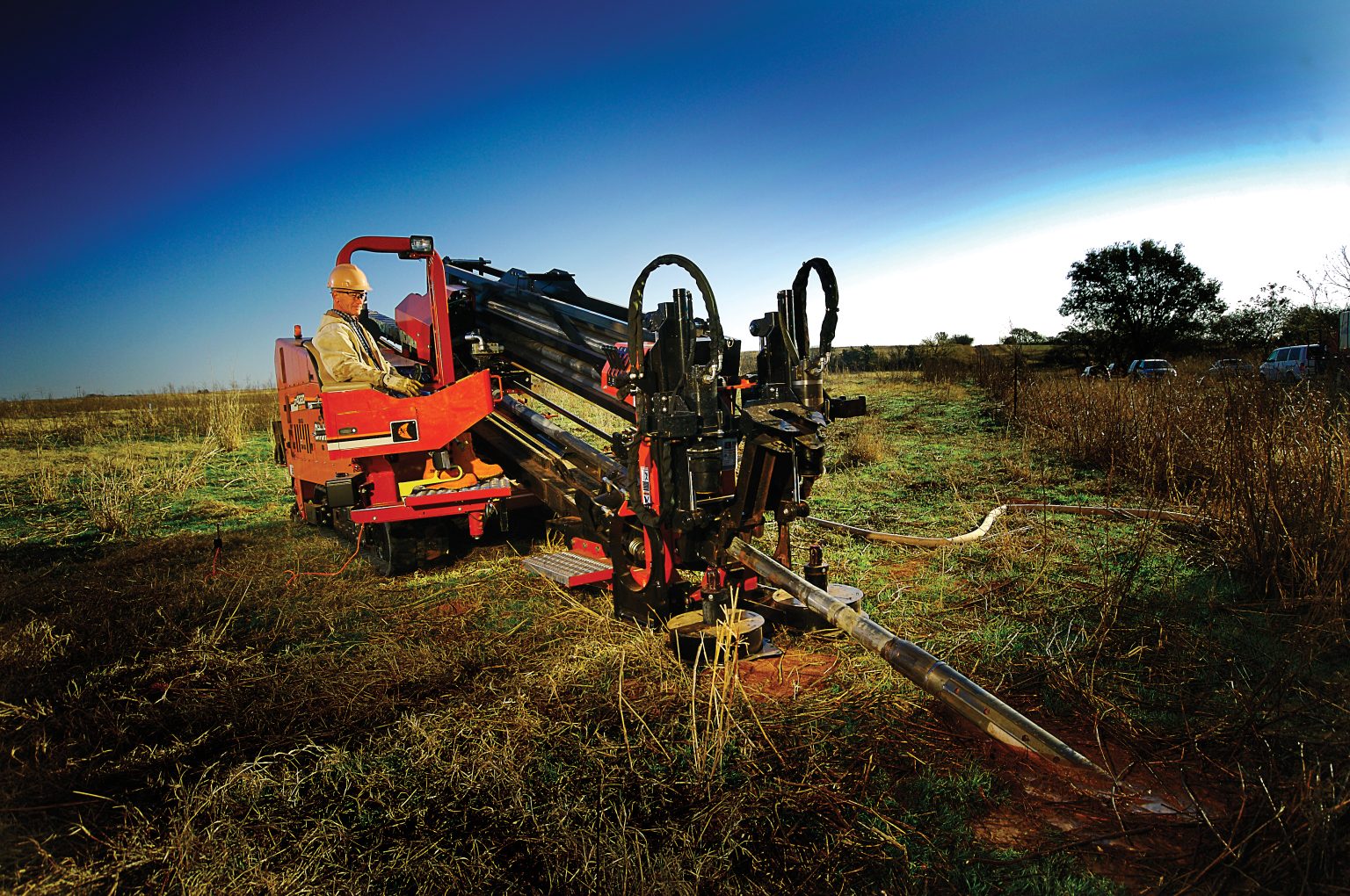
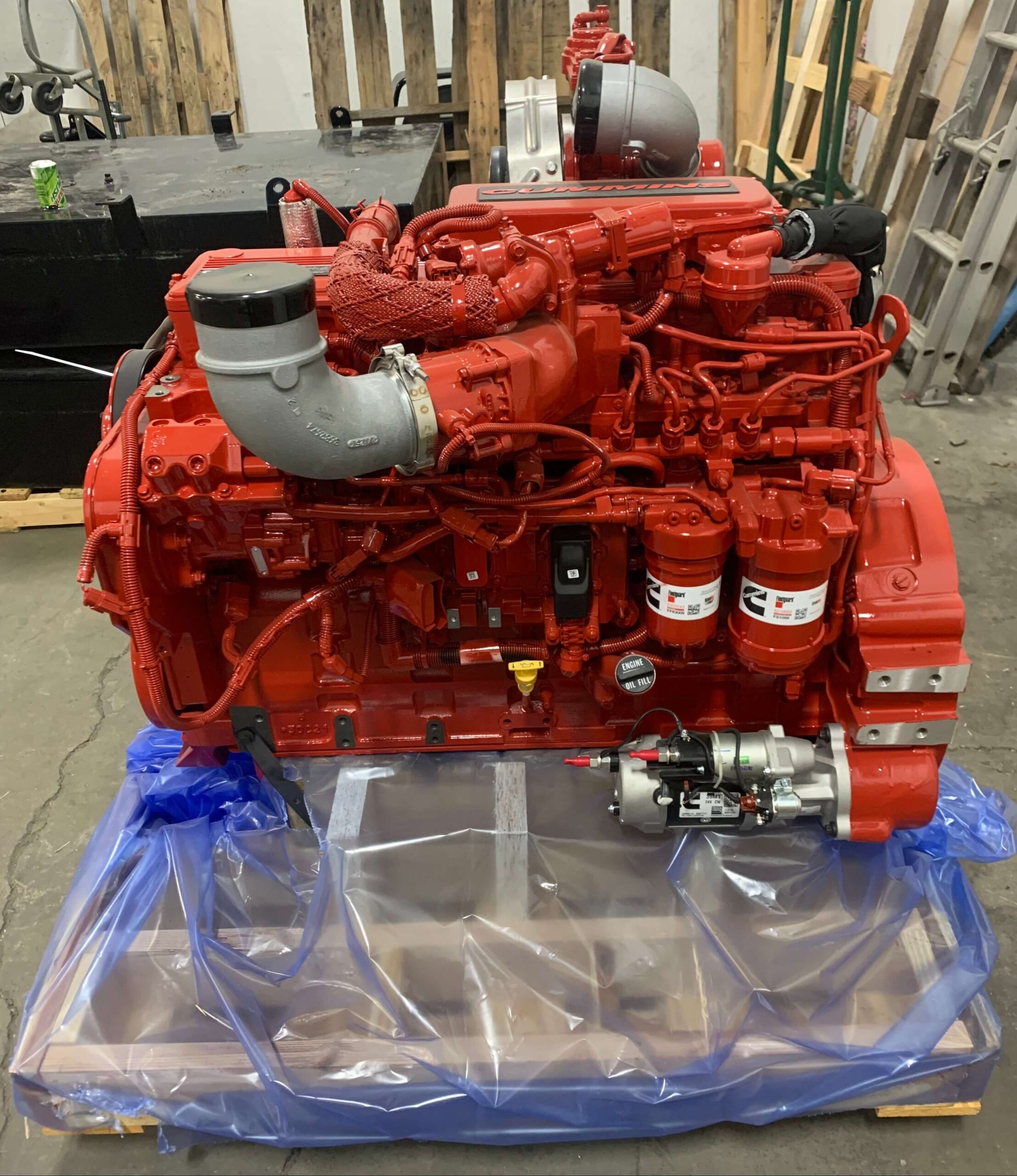




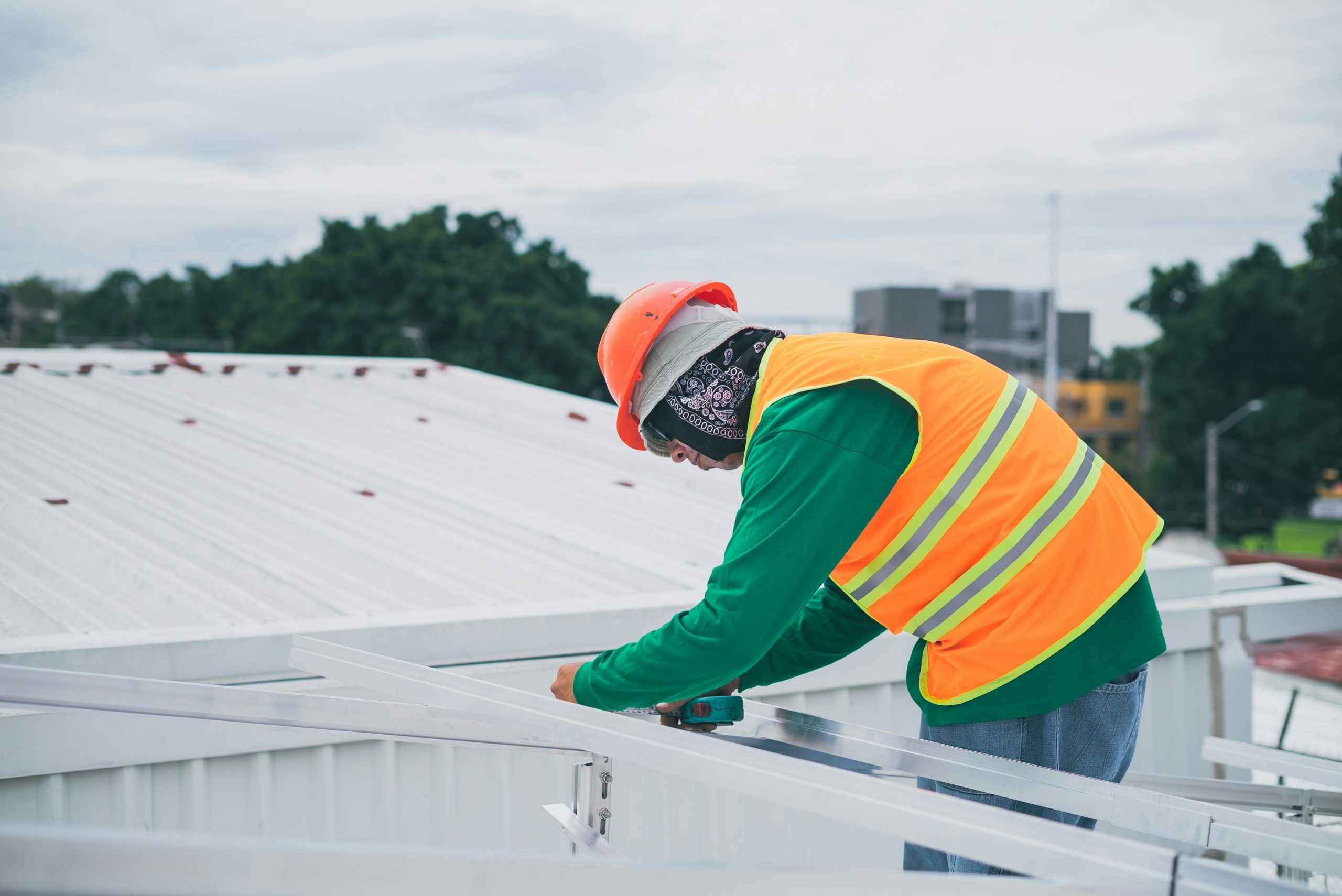
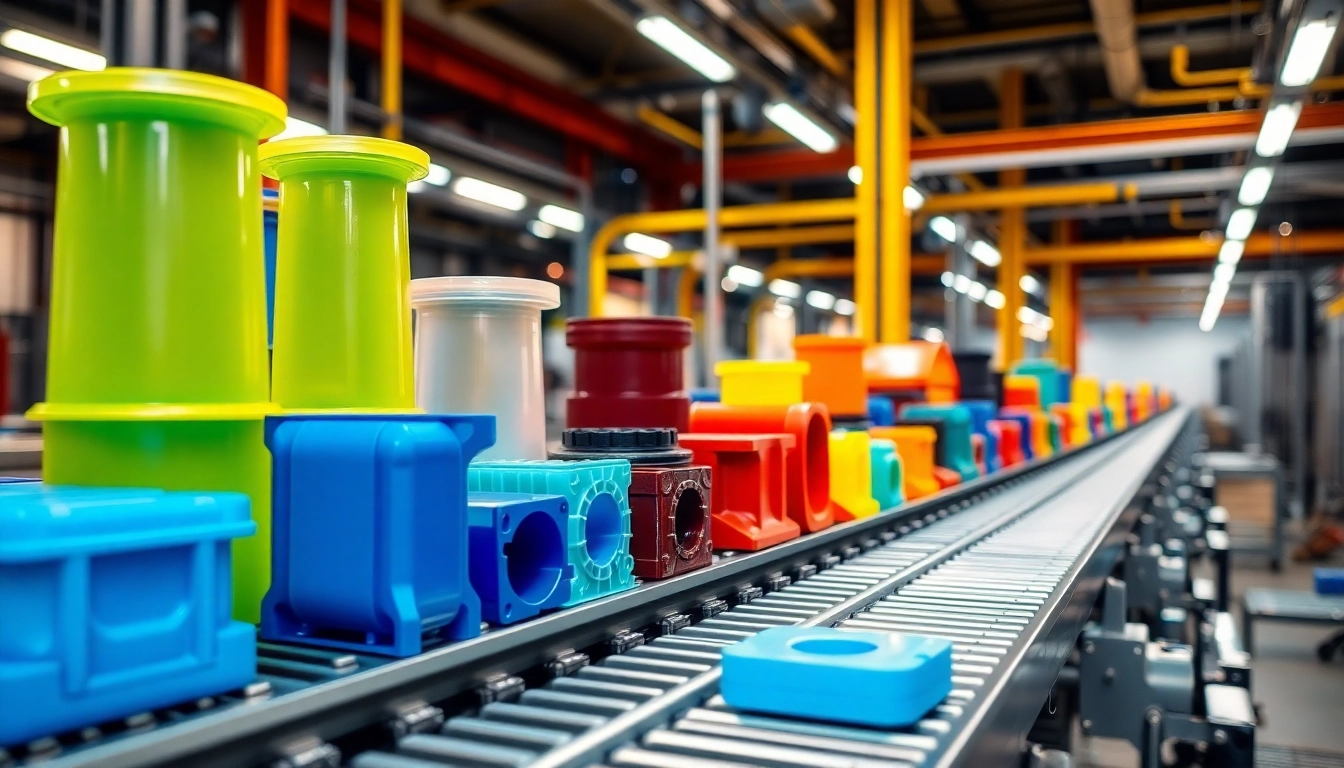




Leave a Reply